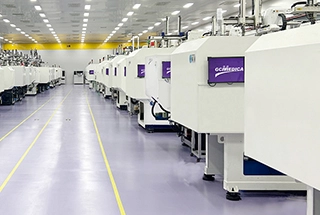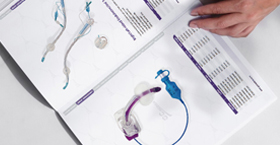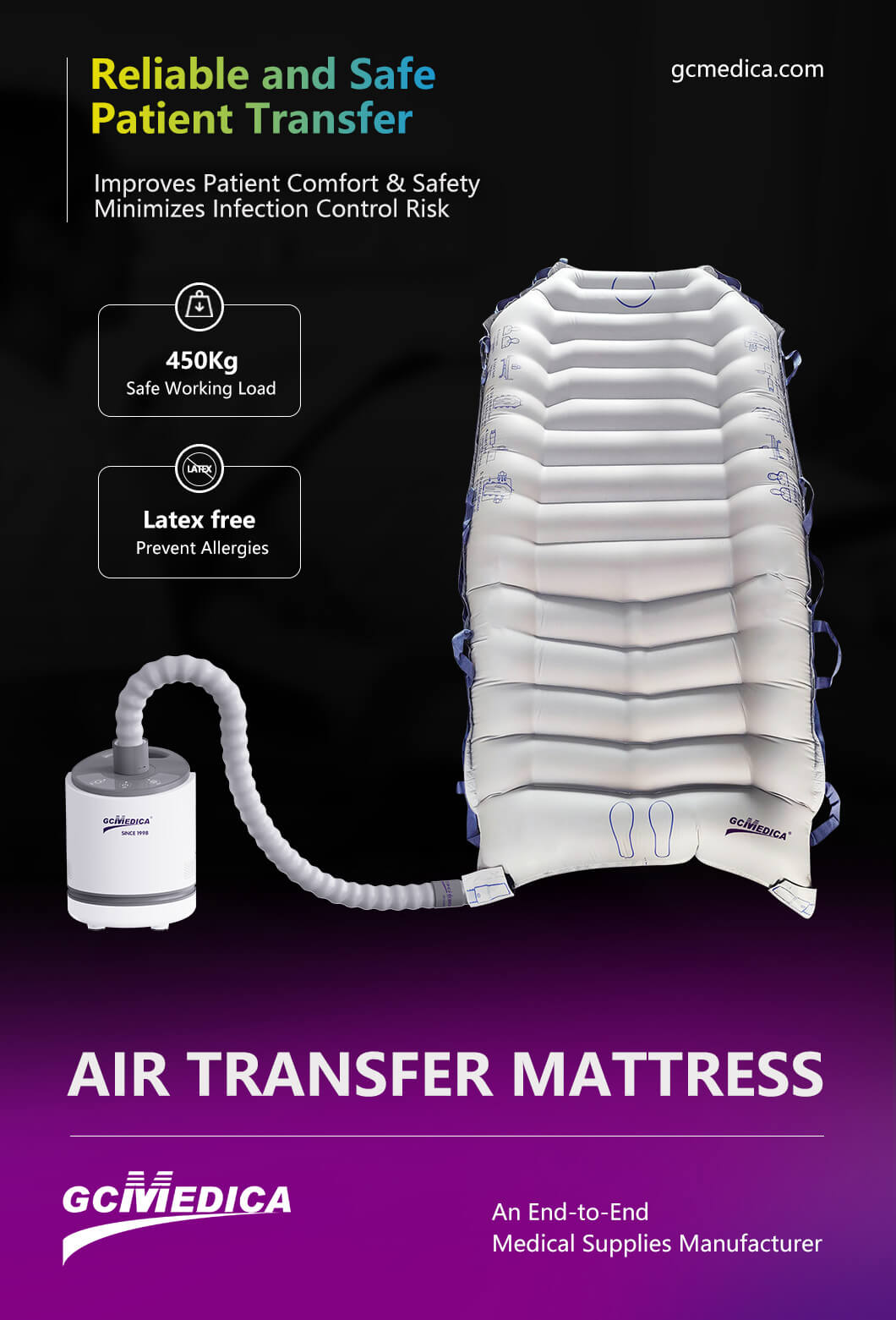Air-assisted lateral transfer devices (commonly called air transfer mats or low-friction air systems) are specialized tools designed to enable safe, low-effort lateral movement of patients between surfaces — for example, from bed to stretcher, bed to imaging table, or between treatment surfaces. These devices use a thin cushion of pressurized air to dramatically reduce friction and shear forces between a patient and the support surface. The technology shifts the workload from brute force manual lifting or dragging to guided repositioning with minimal push/pull effort, improving safety, dignity, and comfort for patients while lowering musculoskeletal injury risk for caregivers.
A typical air-assisted lateral transfer system consists of a flexible, low-profile mat or sheet with internal air channels and an external blower unit that supplies continuous, low-pressure airflow. Once the mat is positioned beneath or partially beneath the patient and the blower activated, a thin air film forms that allows the patient to glide with small lateral forces. Some designs are intended for multiple patients and robust reuse (with rigorous cleaning), while others are single-patient or single-use to reduce cross-contamination in infection-sensitive settings.
| Feature | Typical Specification | Clinical / Operational Benefit |
|---|---|---|
| Mat material | Coated nylon, PVC or thermoplastic with sealed seams | Durable, wipeable, resists fluids and tears |
| Blower type | Portable battery or mains electric, variable flow | Fast setup, portable transfers across departments |
| Mat size | Commonly 70–90 cm × 150–220 cm (varies) | Fits adult beds, stretchers, and many tables |
| Weight capacity | Often up to 250–400 kg depending on model | Supports most adult & bariatric patients (model dependent) |
| Friction reduction | Frequently >70–90% vs standard sheet slide | Reduces caregiver exertion and injury risk |
| Reuse model | Reusable with cleaning OR single-patient disposable | Infection control flexibility |
| Typical use time | Seconds to minutes per transfer | Rapid patient throughput, less staff time |
Clinical advantages are clear: reduced lateral shear and friction lowers pressure injury risk during transfers and repositioning; fewer staff are required for safe lateral moves, and caregivers experience less strain and fewer acute musculoskeletal injuries. Air-assisted transfers also preserve patient dignity and can be more comfortable for patients who are sedated, postoperative, frail, or have fragile skin.
Operational considerations include selecting a mat size and weight capacity appropriate for the patient population (including bariatric needs), choosing between reusable and single-patient models based on infection prevention policies, and ensuring blower portability matches departmental workflows. Staff training is essential: even though the physical force required is low, correct mat positioning, patient stabilization, and communication techniques remain critical to avoid awkward angles or accidental movement.
Contraindications and cautions are modest but important — unstable spinal injuries, patients requiring strict immobilization, or situations needing absolute motionlessness may preclude lateral gliding. Device compatibility with imaging equipment, electrical safety for blowers in certain environments, and clear cleaning/labeling procedures must be part of procurement and clinical protocols.
In summary, air-assisted lateral transfer devices are a practical, evidence-based solution for improving safety, efficiency, and comfort during lateral patient moves. When matched to patient needs, paired with proper staff training, and integrated into infection control and equipment workflows, these devices reduce caregiver injury risk, protect vulnerable skin, and streamline transfer processes across acute and long-term care settings.
| Air Assisted Lateral Transfer Mattress > |

 Français
Français Español
Español Products
Products
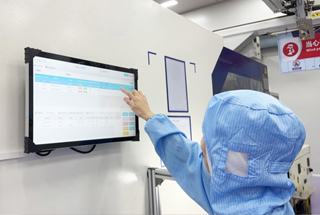
 About Us
About Us




